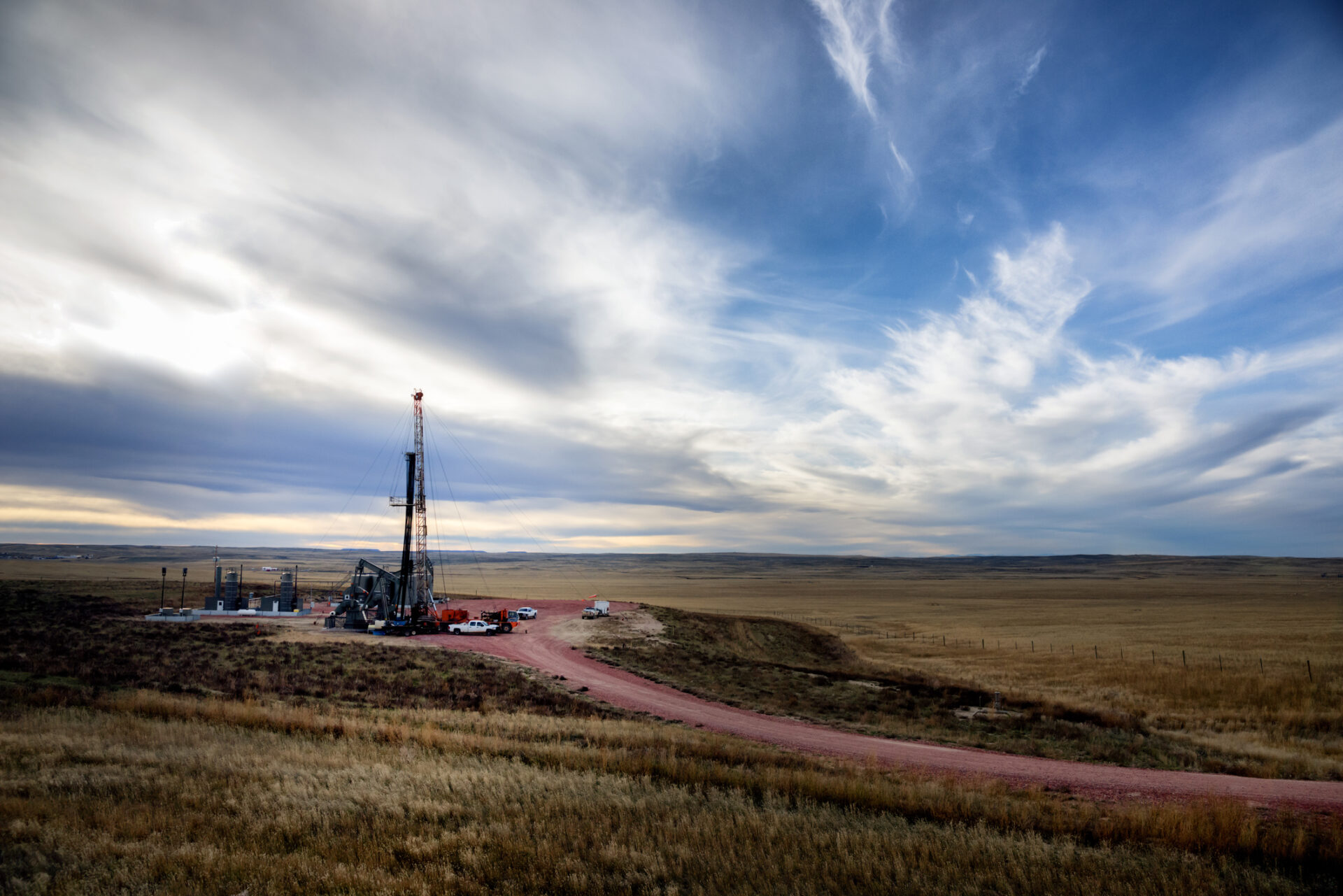 |
| Drilling rig operating in North Dakota’s Bakken region. |
Oil production in North Dakota’s Bakken region is expected to rise more than 20 percent this year just as the Dakota Access Pipeline comes online. By offering more affordable and diversifying access to key refining markets, the pipeline can help level the playing field between the Bakken and other U.S. shale plays that have benefited from better access to refineries.
Industry analysts like RBN Energy’s Rusty Braziel say the pipeline will cut shipping costs by $3 to $5 per barrel and amount to at least $540 million in annual savings for producers who previously relied on truck and rail to bring oil to market. “Economics for drilling in the Bakken will look better because of DAPL,” said Braziel.
Market players, including Hess Corporation CEO Jon Hess believe the $3.8 billion pipeline will accelerate output in the region, which reached its lowest point in almost three years last December. “We’re back to growth in the Bakken,” Hess said in a recent interview with Reuters, adding that his company this year plans to triple the number of drilling rigs operating in North Dakota.
Hess isn’t the only company beefing up operations. In fact, the drilling rig count in North Dakota has risen 40 percent since the Trump administration gave the final green light for the project and is forecast to jump another 10 percent or more by years end.
This production bump is not only a win for American energy independence, but also for the State of North Dakota which is expected to gain $100 million or more in annual tax revenue, according to a recent Associated Press report.